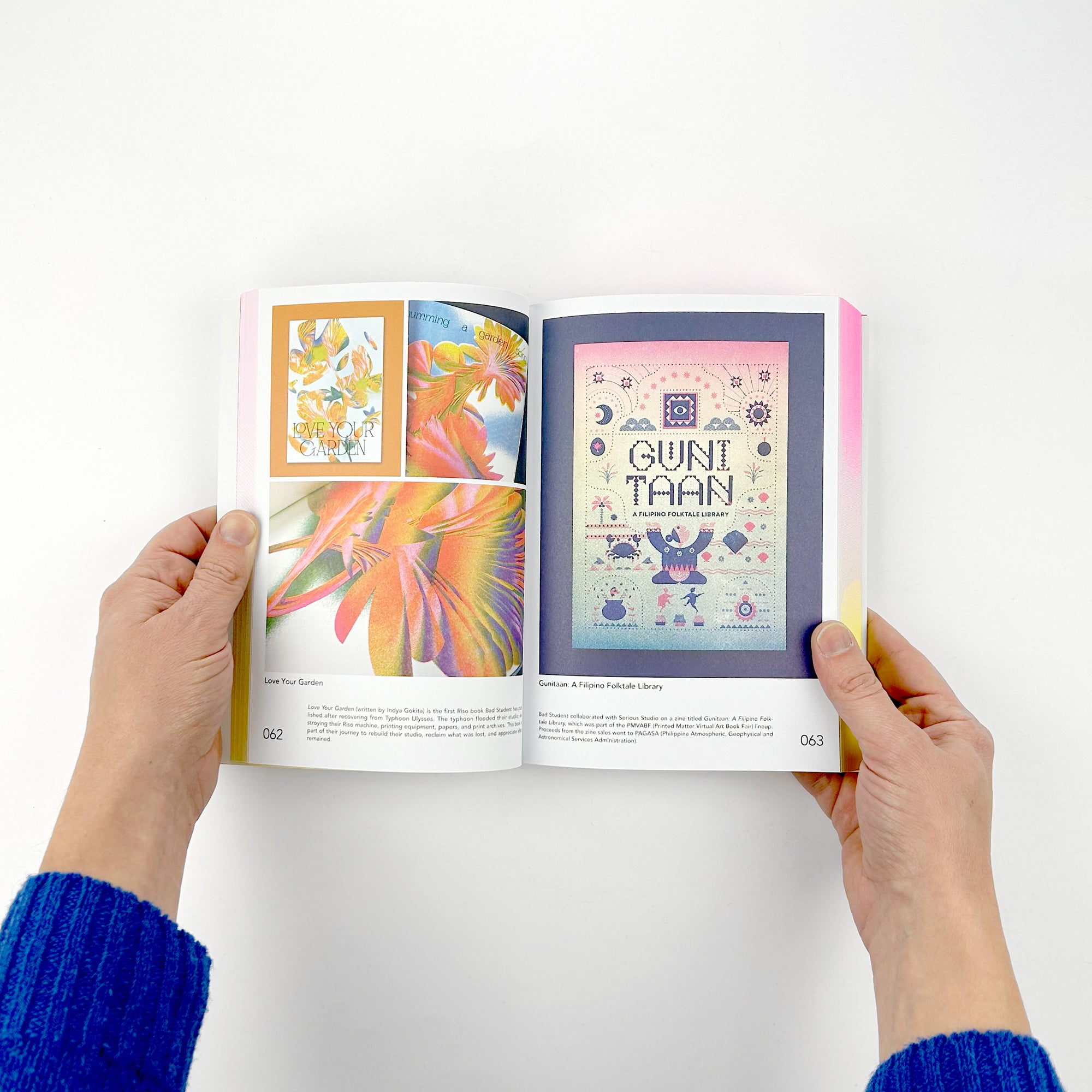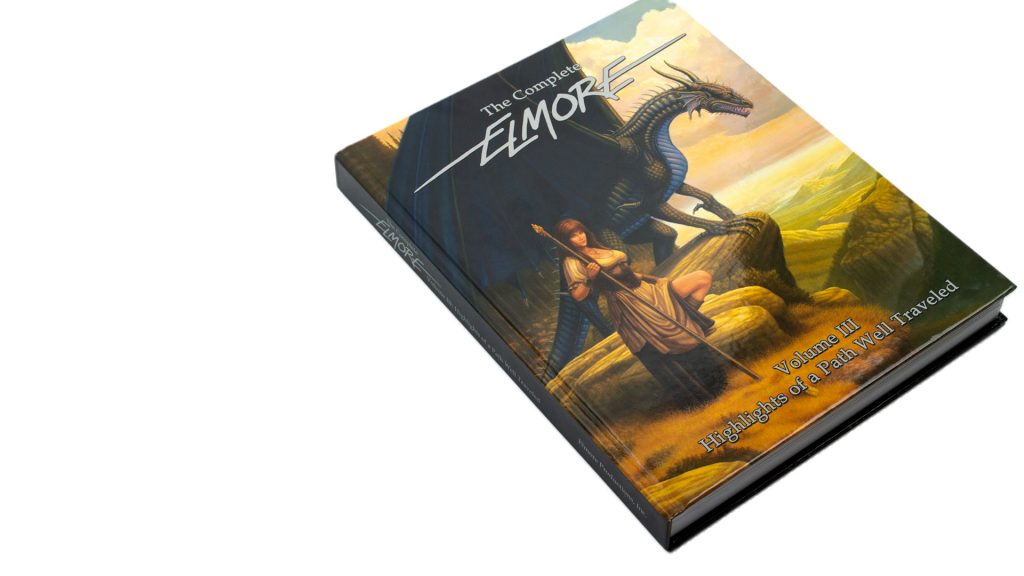Comprehending the Process Behind High-grade Art Book Printing for Art Fanatics
When it comes to top notch art book printing, recognizing the details of the procedure can elevate your gratitude for the final item. As you explore the various elements of art book printing, you'll reveal insights that could transform your perspective on art conservation and presentation.
The Value of Paper Selection in Art Book Printing
When it concerns art book printing, the choice of paper can make or break the last product. You want your artwork to radiate, and the appropriate paper boosts shade vibrancy and detail. Consider elements like weight, texture, and finish; these elements significantly influence just how visitors regard your job.
As an example, a heavier supply shares quality and resilience, while a distinctive finish can include depth to pictures. Smooth paper is outstanding for detailed reproductions, enabling great lines and refined tones to appear crisp.
Do not ignore the paper's illumination; a brighter sheet can help shades pop, making your art a lot more captivating. You'll also desire to think of how the paper communicates with inks and whether it can manage the printing process without warping or bleed-through. Ultimately, selecting the appropriate paper establishes the stage for your art, ensuring it captures the target market's attention just as you envisioned.
Choosing the Right Inks for Lively Reproductions
Picking the appropriate inks is equally as important as choosing high quality paper to attain vivid reproductions in your art book. When you're printing artwork, you desire colors that pop and accurately stand for the original item. Go with inks with a high pigment concentration; these often tend to create richer and more saturated shades.
You could think about utilizing historical inks, which stand up to fading with time, ensuring your art book continues to be as striking as the day it was published. If you're working with pictures or electronically created art, pigment-based inks can supply a larger shade range, boosting information and deepness.
Do not ignore the surface! Matte and shiny inks can significantly alter the appearance of your art work, so think about the look you're intending to attain - art book. Inevitably, the right ink selection matches your paper choice, producing a stunning visual experience for your visitors
The Duty of Color Administration in Print Quality
Color monitoring plays a crucial function in achieving high print high quality for your art book. It guarantees that the colors you see on your screen translate precisely to the printed web page. Without efficient shade administration, your dynamic art work may appear dull or distorted, undermining your creative vision.
To start, adjust your display frequently. This action aids keep regular color depiction. Next, make use of color accounts customized for your printer and paper kind. These accounts assist the printer in reproducing colors properly, minimizing disparities in between electronic and printed versions.
When you prepare your documents, think about utilizing a shade space like Adobe RGB or CMYK, depending on your printer's specifications. Constantly proof your work, as well; an examination print can disclose any type of prospective color problems before the final run. By focusing on shade monitoring, you safeguard the integrity of your art, ensuring your target market experiences it as you intended.

Recognizing Various Binding Techniques
Achieving the perfect seek your art book goes beyond color management; binding methods additionally play a considerable function in its total presentation and toughness. You have numerous choices to assess, each with its very own distinct qualities.
If you're going for a specialist feeling, case binding provides a tough option with a tough cover, excellent for showcasing your artwork. On the various other hand, best binding supplies an adaptable spine while keeping costs down, making it a preferred selection for softcover books.
Spiral binding enables your art book to lay level, which is great for displaying images without obstruction. At the same time, saddle sewing is ideal for smaller booklets, offering a tidy surface without the bulk.
Ultimately, the binding strategy you select must show your creative vision and how you desire visitors to engage with your job. Make certain to weigh these alternatives meticulously to accomplish the best end result for your job.
The Influence of Publish Dimension and Design on Discussion
While the choice of print dimension and layout might seem additional to web content, they greatly influence just how your artwork is regarded. The measurements of your prints can either boost or reduce the effect of your items. Larger prints can draw audiences in, allowing them to appreciate intricate details, while smaller sized layouts might require more intimate involvement.

Preservation Strategies for Resilient Art Books
To ensure your art publications stand the test of time, it's necessary to execute efficient preservation strategies. Begin by saving them in an amazing, dry environment, away from direct sunshine and moisture. This prevents fading and warping, keeping your web pages undamaged. Use acid-free storage space boxes or protective sleeves to protect them from dirt and physical damages.
When handling your books, always wash your hands or put on cotton handwear covers to avoid oils and dirt transferring onto the web pages. Prevent bending or wrinkling the spinal columns; rather, utilize book sustains when displaying them.
For added defense, think about purchasing archival-quality products for any kind of repairs or improvements. Frequently inspect your collection for indications of wear or damage, addressing problems promptly. By following these straightforward techniques, you can ensure your art publications stay dynamic and obtainable for years to come, protecting their appeal and value for future generations.
Teaming up With Printers for Optimal Outcomes
When you're ready to print your art book, picking the ideal printer sites is vital to attaining your vision. Clear communication about your expectations and demands will certainly help ensure that both you and the printer are on the exact same web page. Allow's explore how to make this partnership as seamless and efficient as feasible.
Selecting the Right Printer

Effective Communication Approaches
Reliable communication is vital for turning your art book vision right into fact, specifically when working together with printers. art book. Begin by plainly describing your project's objectives, including layout aspects, recommended materials, and any kind of particular printing strategies. Don't wait to share your ideas and references; this helps the printer comprehend your aesthetic
Be open to responses, as printers usually have beneficial insights that can improve your project. This partnership will guarantee that your art book satisfies your expectations and beams in its last kind.
Frequently Asked Concerns
What Prevail Mistakes to Prevent in Art Book Printing?
When printing your art book, prevent typical mistakes like bad resolution images, inaccurate shade profiles, and disregarding page format. Do not forget to check and ascertain information to confirm your end product fulfills your assumptions.
Just How Does Digital Printing Differ From Standard Printing Techniques?
Digital printing makes use of electronic documents to create prints straight, permitting for quicker turn-around and personalization. In contrast, traditional techniques entail physical plates, which can be time-consuming and much less versatile for small runs or distinct styles.
What Is the Regular Turnaround Time for Art Book Printing?
The normal turnaround time for art book printing differs, yet you can expect it to take anywhere visit the website from a few weeks to several months. Elements like intricacy, quantity, and printing technique all influence this timeline.
Can I Print a Limited Version Art Book Financially?
You can publish a restricted version art book economically by choosing cost-effective materials, optimizing print runs, and using digital printing choices. Cautious preparation and budgeting will certainly aid you accomplish quality without spending too much.
What Are the Environmental Considerations in Art Book Printing?
When thinking about art book printing, you ought to think of environmentally friendly products, lasting inks, and energy-efficient procedures (art book). Selecting neighborhood printers can also decrease your carbon footprint, making your project both beautiful and environmentally responsible